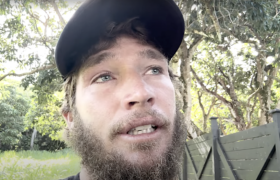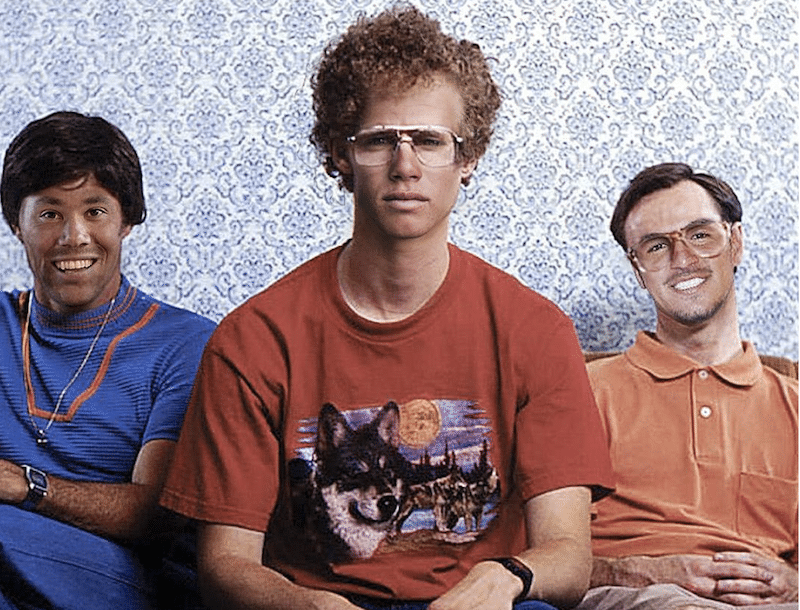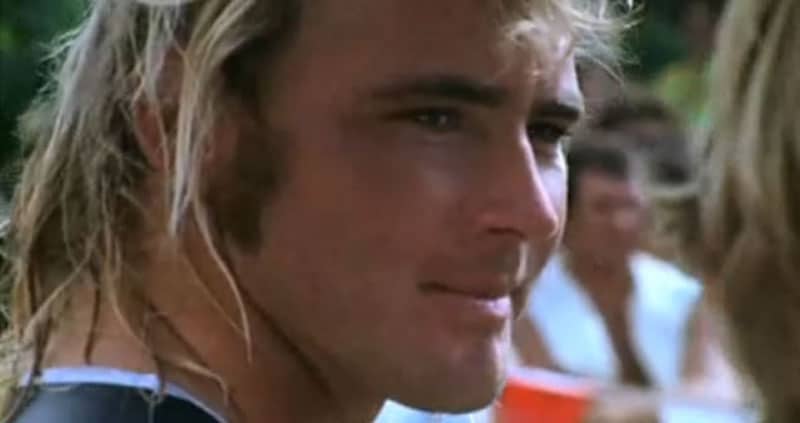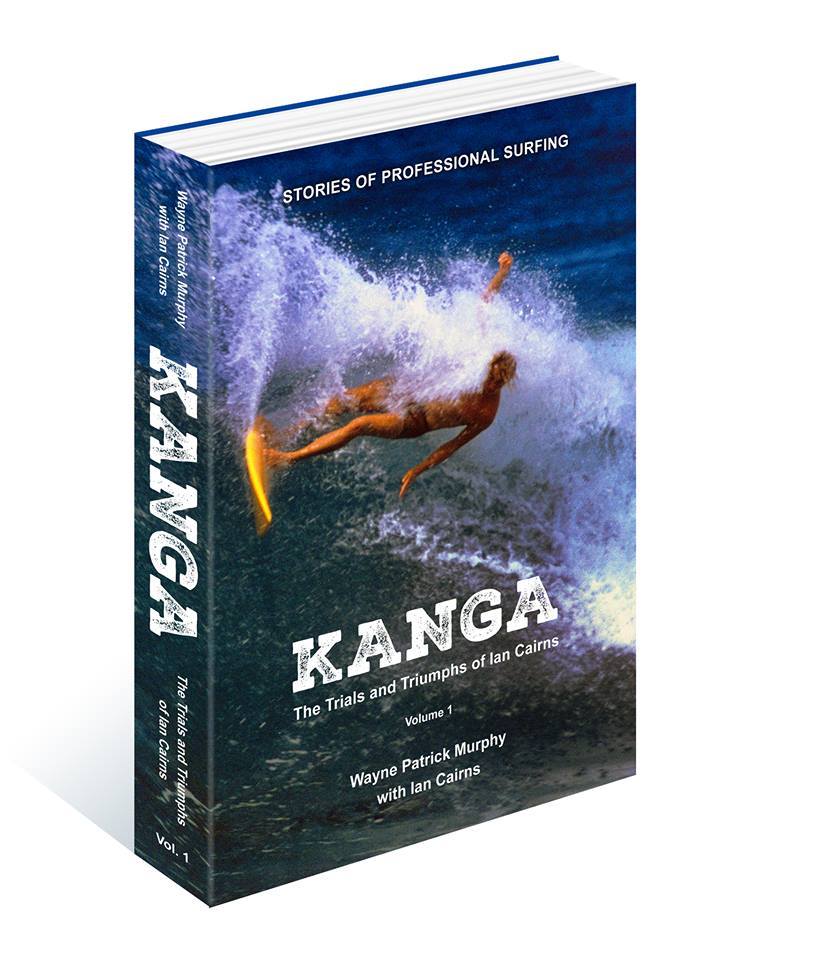Potential jail terms for any athlete or their entourage who passes on "inside information"…
You might’ve noticed this website’s sudden kink for surf betting. In the last few weeks we’ve published stories that include “Scam: I got rich on surf betting!“, “Volcom Team Manager Smashes Fantasy Surfer” and “Surf contests perfect for match-fixing.”
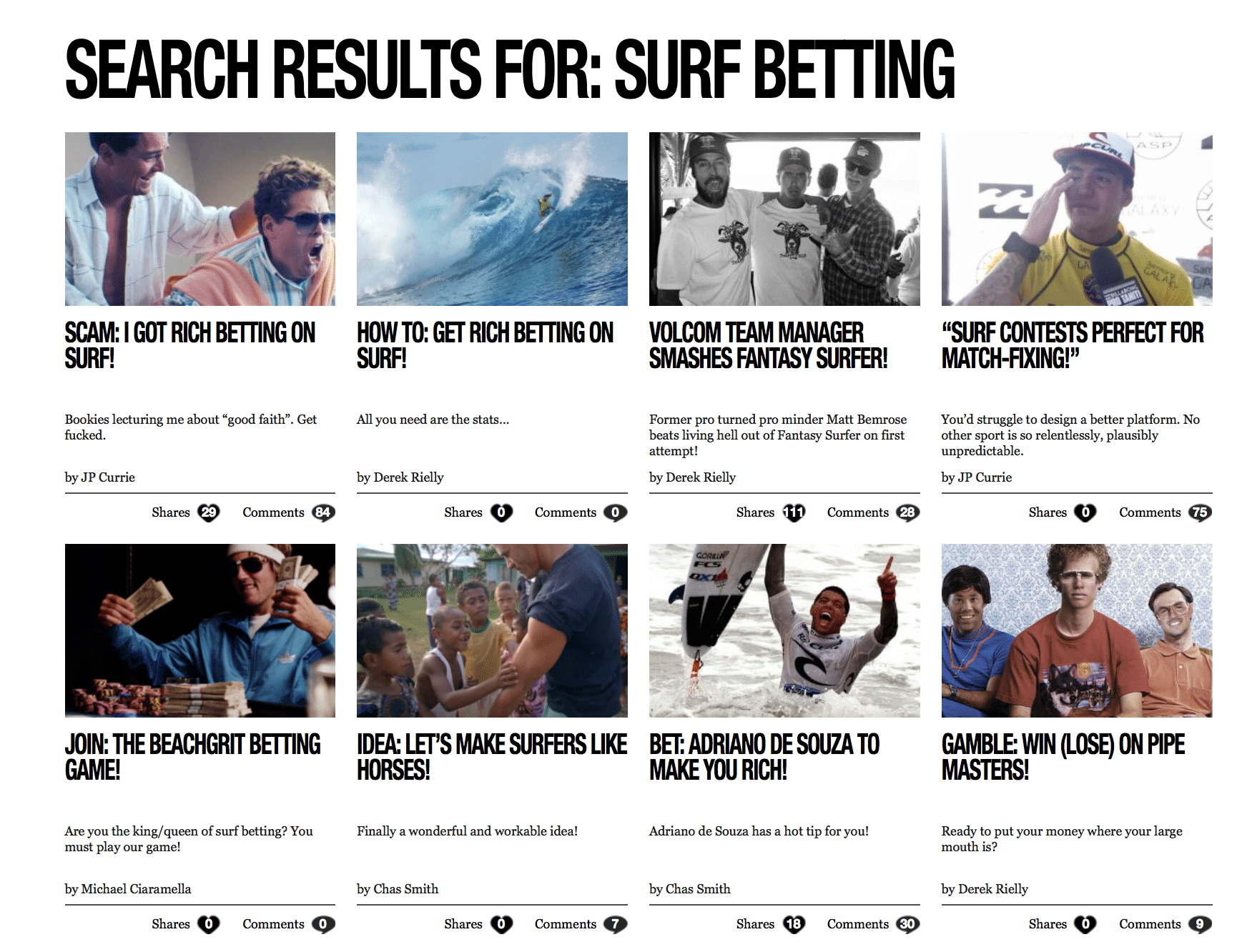
Background. When BeachGrit was launched we planned on having a surf betting component. We’d partner up with a betting house and make it easy to win, and lose, on surf events, world titles, odd combinations (first surfer to score a ten, first surfer to get injured etc), scooping a percentage of the losses. Didn’t happen ’cause betting houses only persist with surfing because it’s the gateway sport that, eventually, can lead to you throwing your salary away on horses.
Recently, we climbed into bed with Palmerbet, and as part of our push into gambling we thought it would be a fine idea to use our contacts to try and make a smallish fortune out of surf. We’d document each event’s wagers and amounts won and lost. We’d begin with ten k and turn it into seventy by December.
The title of the story was going to be, “How I Made $60k Betting on Surf!”
Two weeks earlier, I’d interviewed the Volcom team manager Matt Bemrose, who’d won Surfer magazine’s Fantasy Surfer at his first attempt. He said betting with cash was almost cheating because “you know everyone so well. You’re at the event, you know who’s looking good, you know who’s got a magic board under their feet. This year, for example, I’m going to Snapper early to get a good look at the guys. You can see, immediately, who’s been working on shit in the off-season. Filipe, last year, it was obvious he’d been working on his rail game, that extension. He was thirty-percent better.”
Who doesn’t want the insider track?
I could almost smell the baby powder scent of the celebratory bubble bath.
Just as we were about to launch, with inside contacts all lined up, the WSL sent an email to athletes warning ’em that if anyone in their entourage, from coach to team manager, was found offering tips…insider trading… they’d face not just the punishments offered under Article 173 of the WSL rule book (suspension, expulsion, a fine five times “the highest amount able to be won from the violating activity whether any benefit was received or not”) but a visit from the Australian Federal Police.
Want to know what that means? Well, in 2011, “the Australian Sports Ministers (both Federal and State) endorsed the ‘National Policy on Match-Fixing in Sport’. The aim of the Policy was to protect the integrity of Australian sport and encourage all governments to address the issue of inappropriate and fraudulent sports betting and match-fixing activities.”
In NSW, you’ll enjoy a prison term of up to two years for passing on along “inside information” for the purpose of betting and up to ten years… a fucking decade of trying to avoid psychos with shivs and angry sodomites… for throwing a heat to make a little play money.
Our contacts in the game tell us that over the past few months representatives of the WSL have met with at least two of the biggest sporting bet co’s in Australia.
To warn them of their distaste for gambling and to shoo them away from the unimpeachable sport of surf?
Or to see, like us, if there’s money to be made?
A text message cat-and-mouse game with the WSL’s Dave Prodan went like this:
“Has the WSL banned team mangers from surf betting? And has the WSL been in talks with one of more betting agencies?”
No response.
“Don’t leave me hanging!”
One day later.
“Sorry, Derek, I don’t have those answers for you. I’m in office today and look them up.”
Three days later.
“Sportsbet! Start at Snapper? No comment?”
“Start at Snapper?”
“The Sportsbet partnership!”
“With the WSL?”
“Oui!”
“Not that I’m aware of, possible, but no partnership.”
And on, and on.


